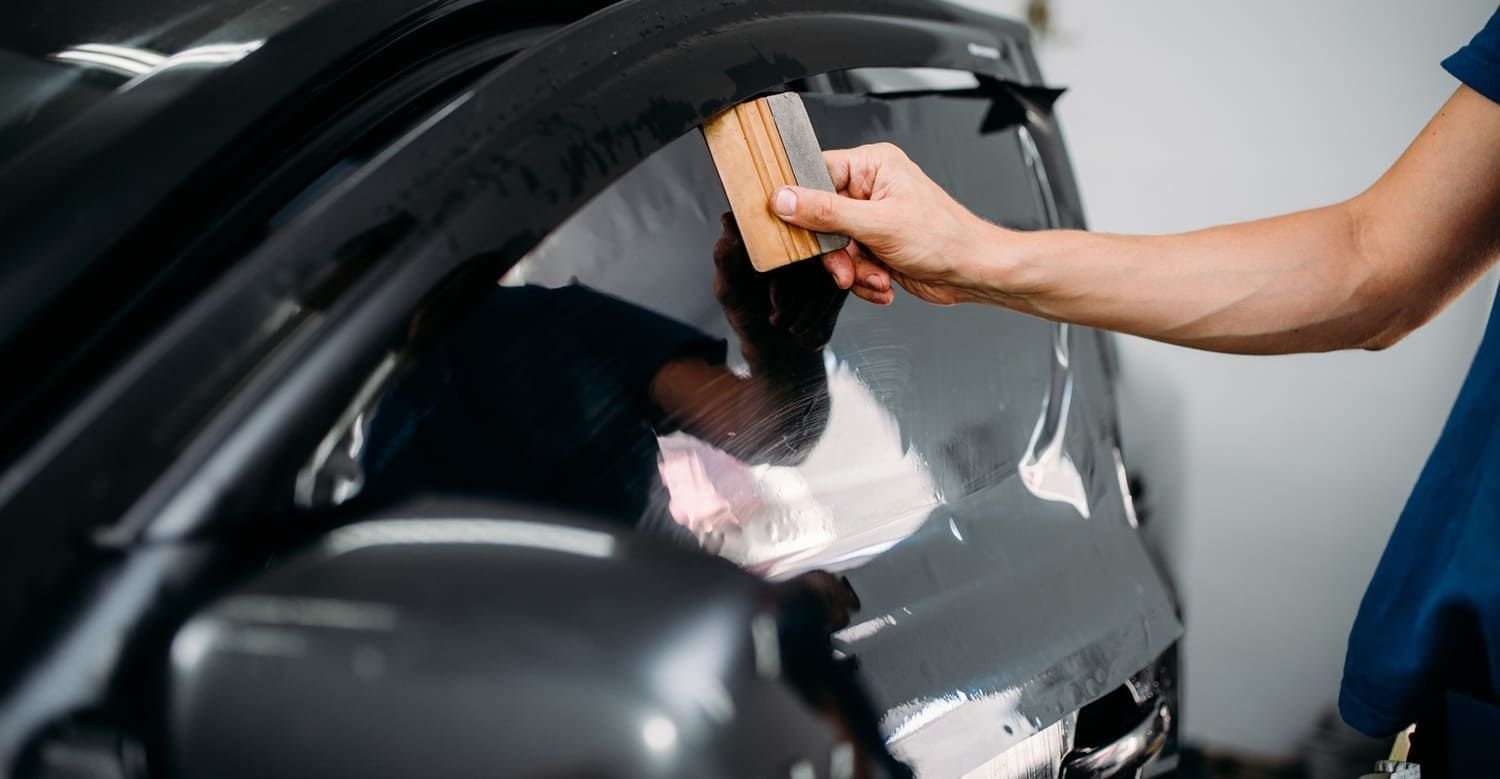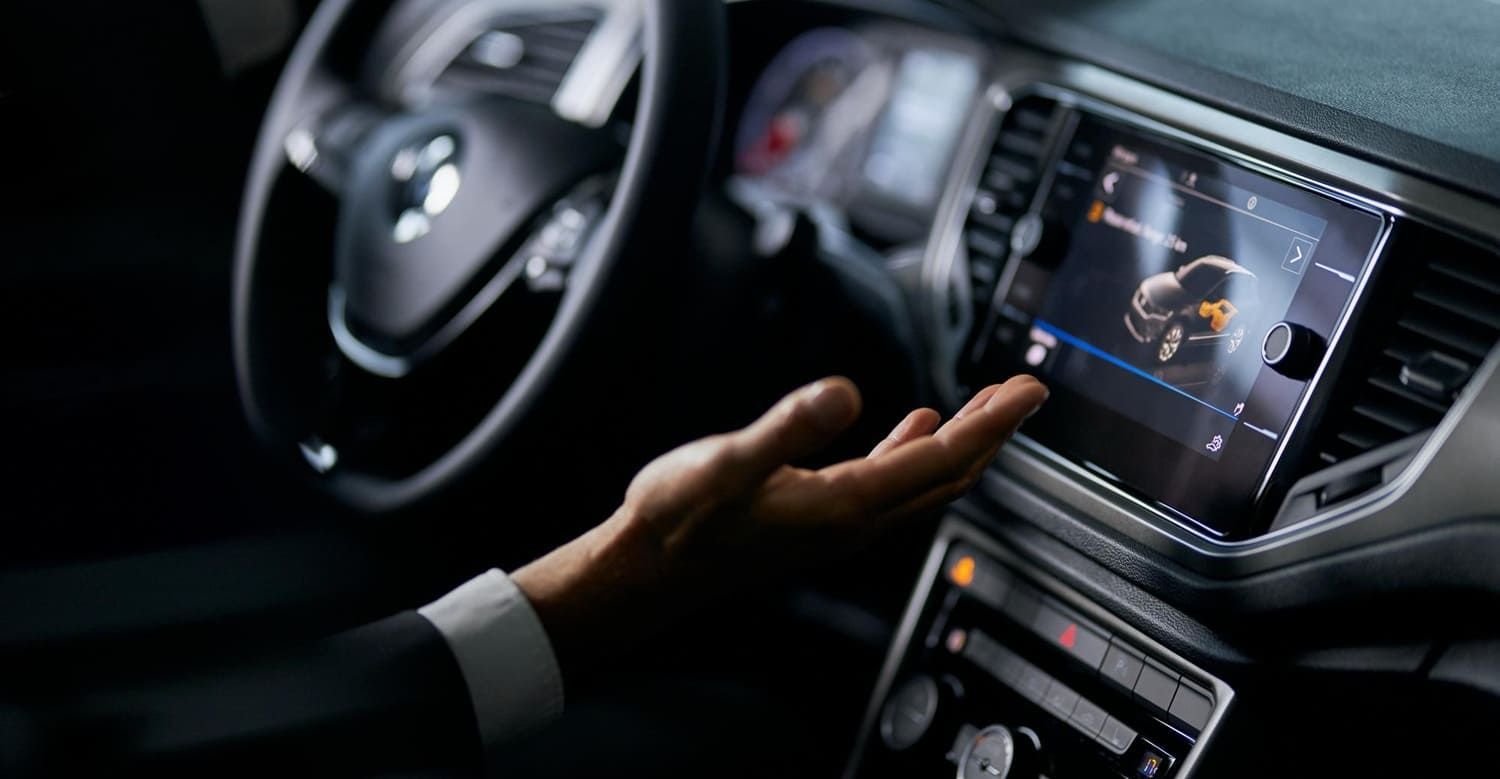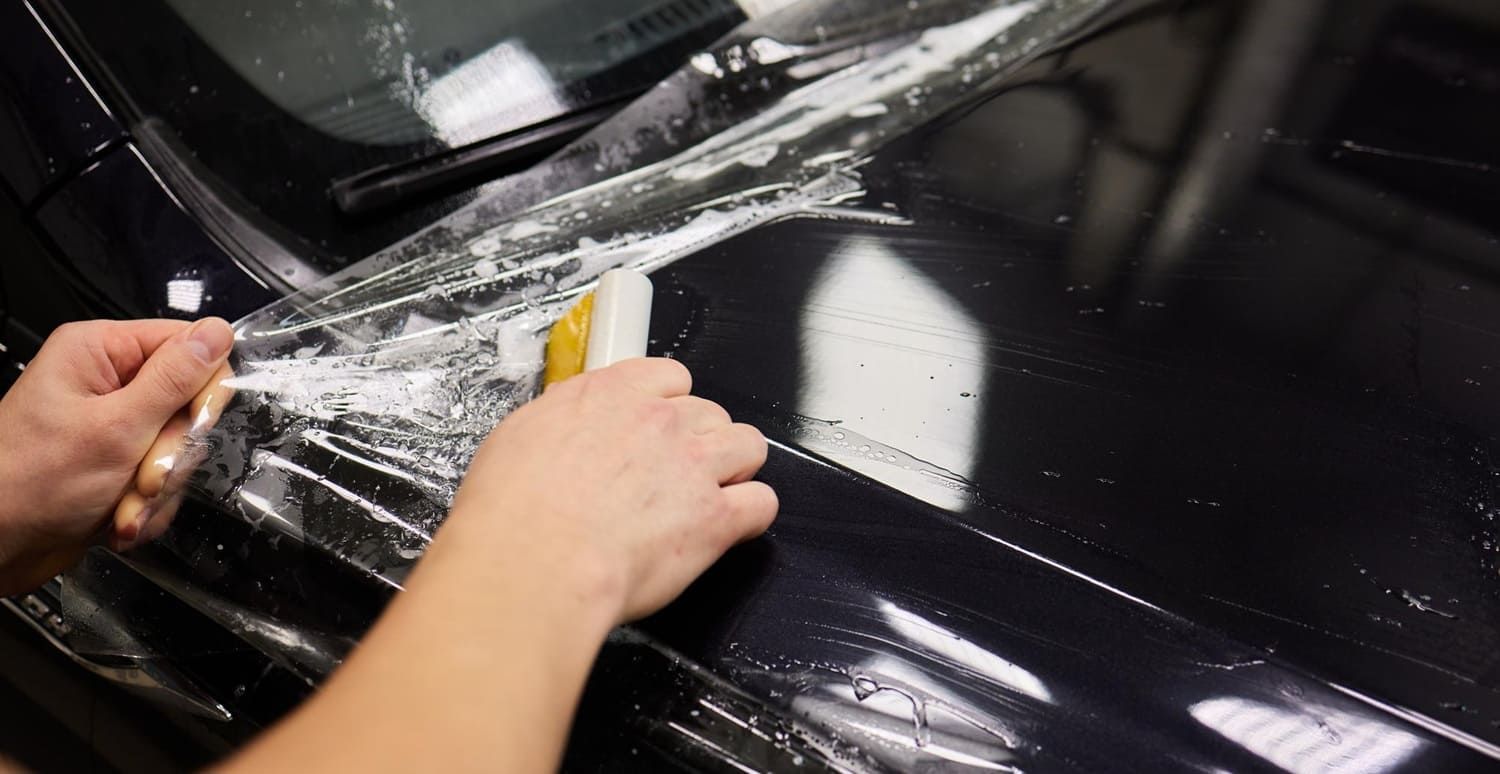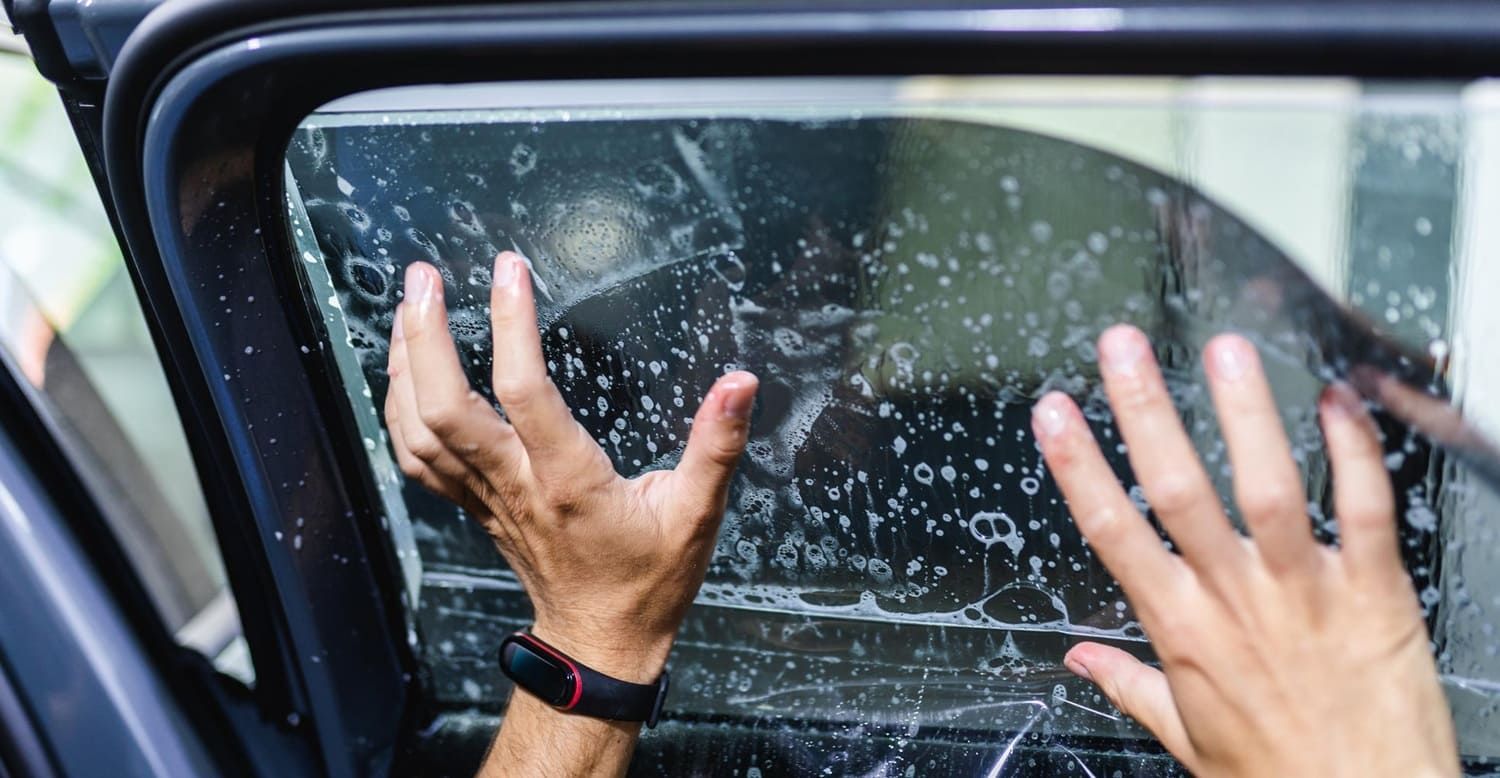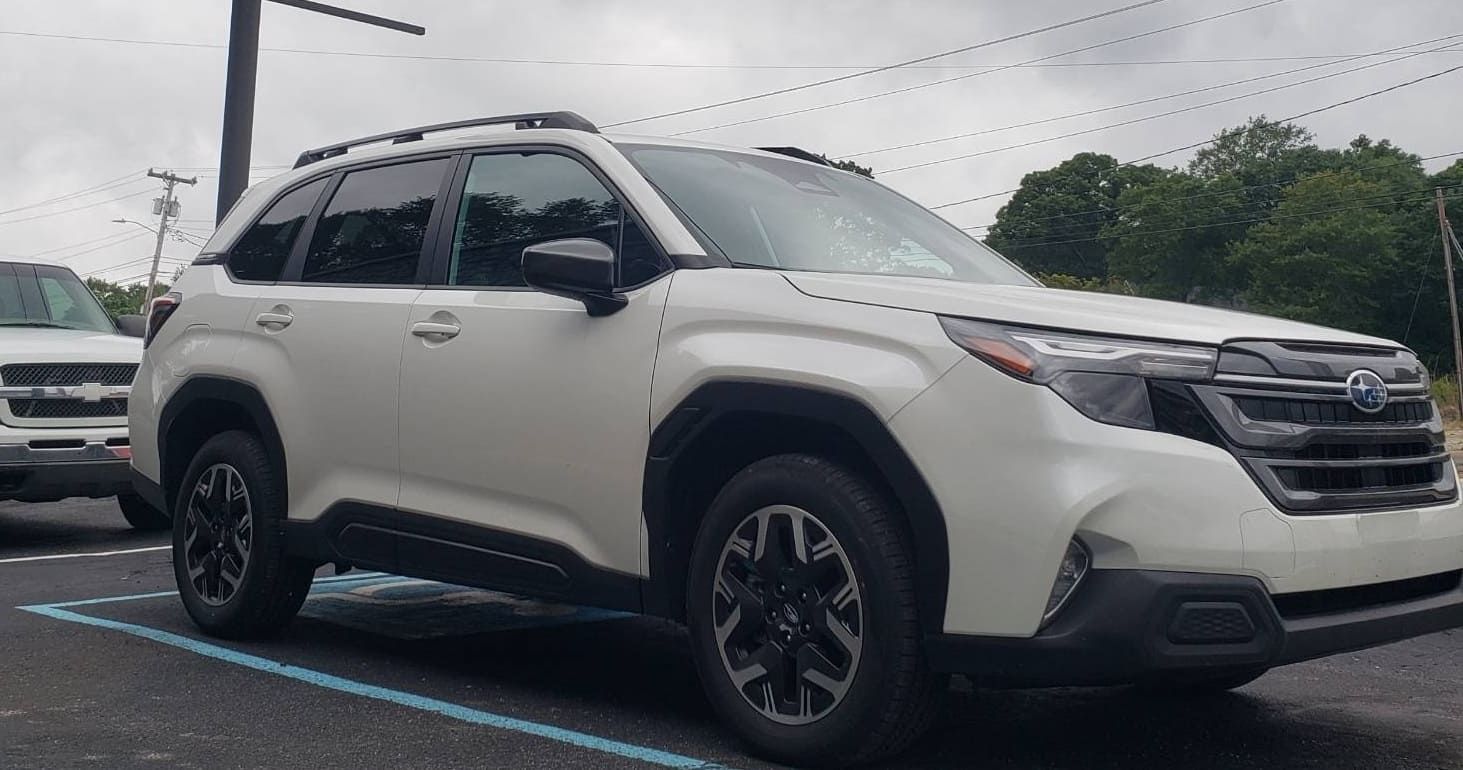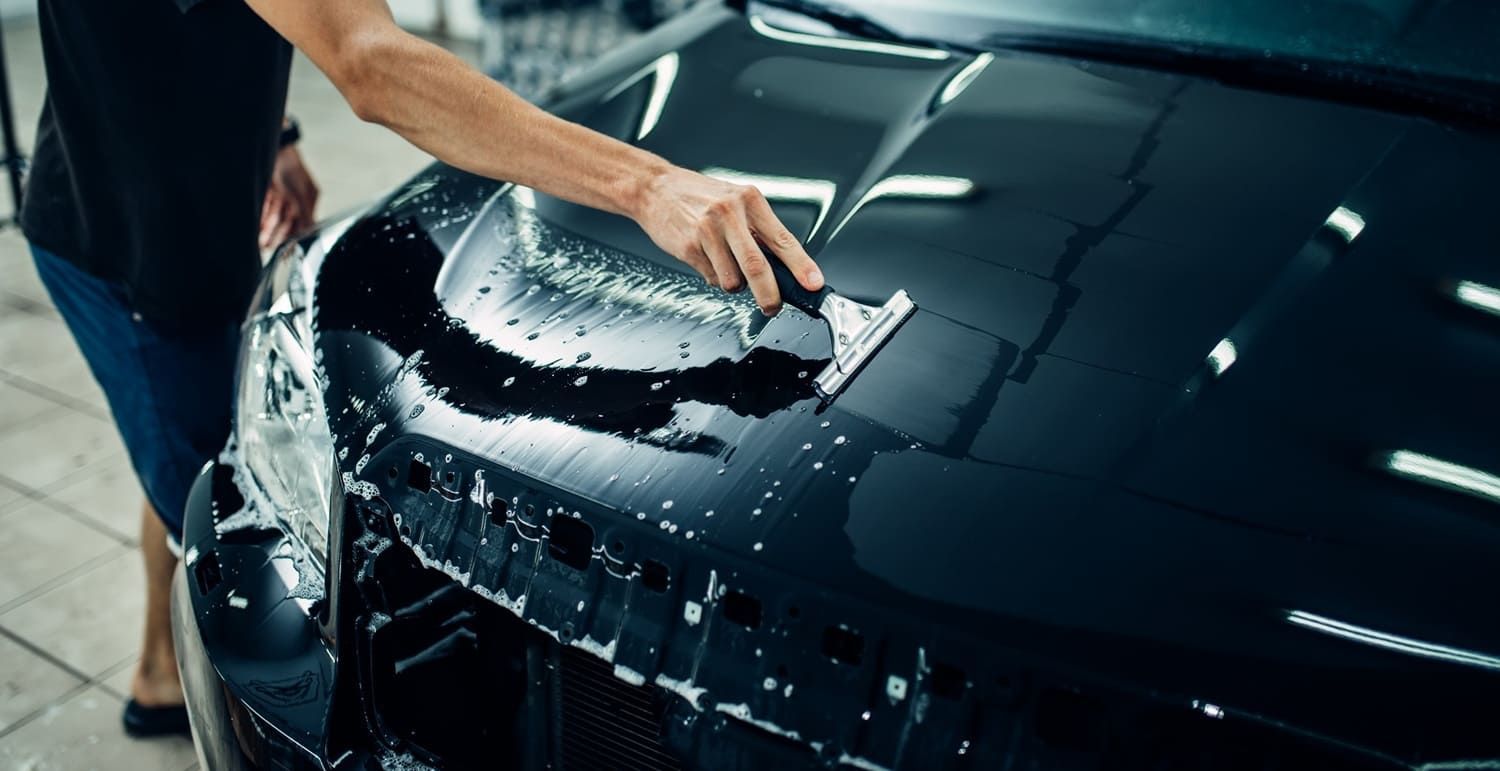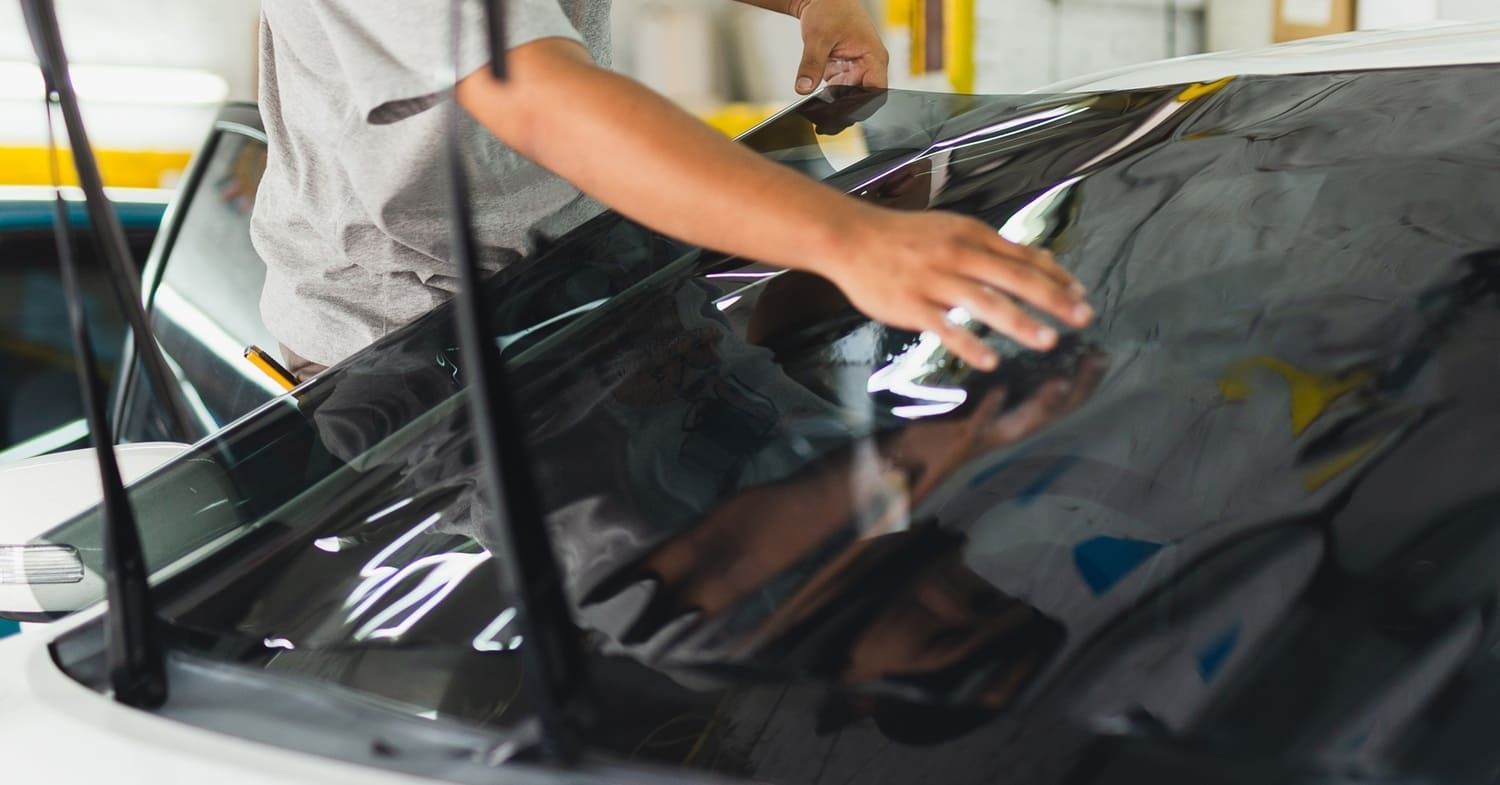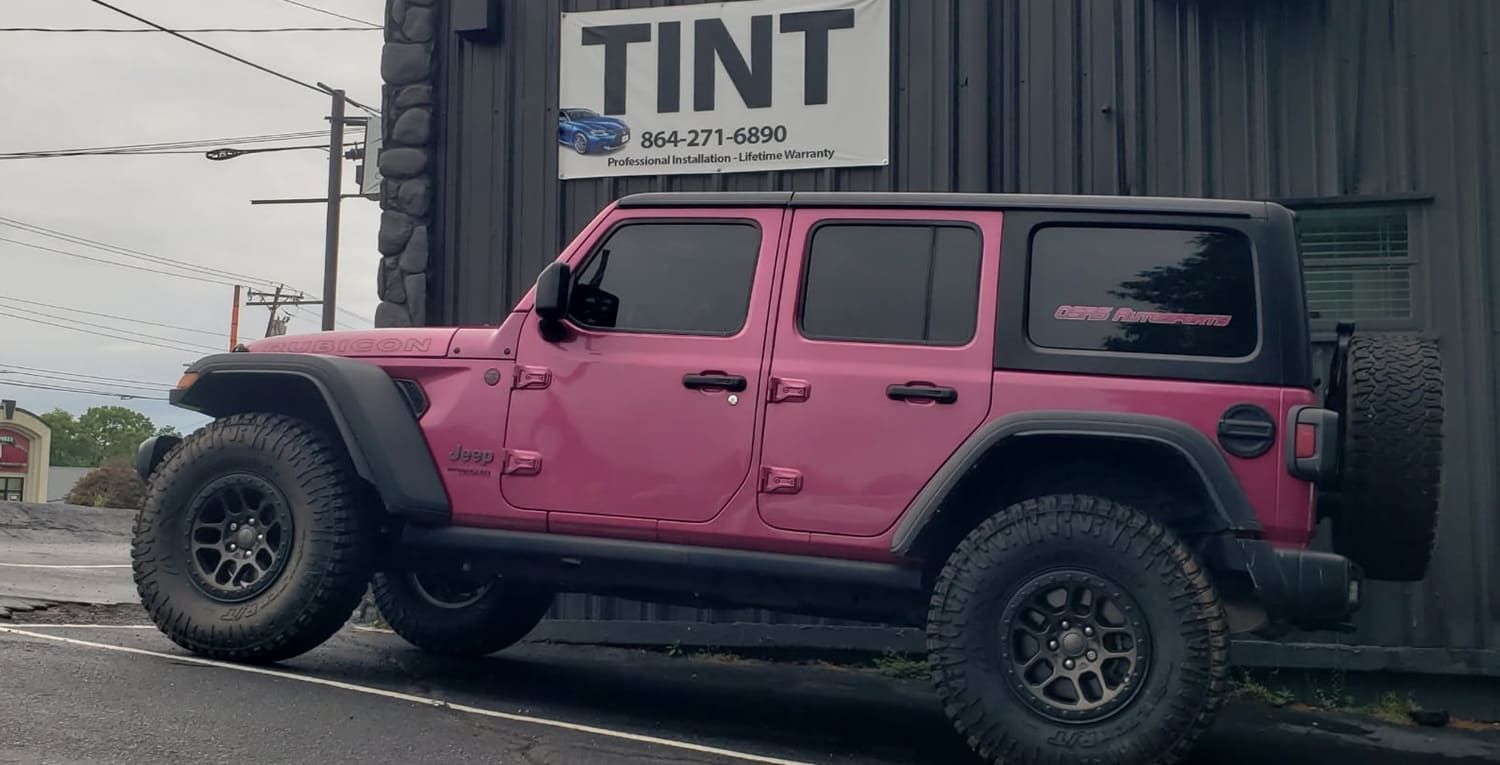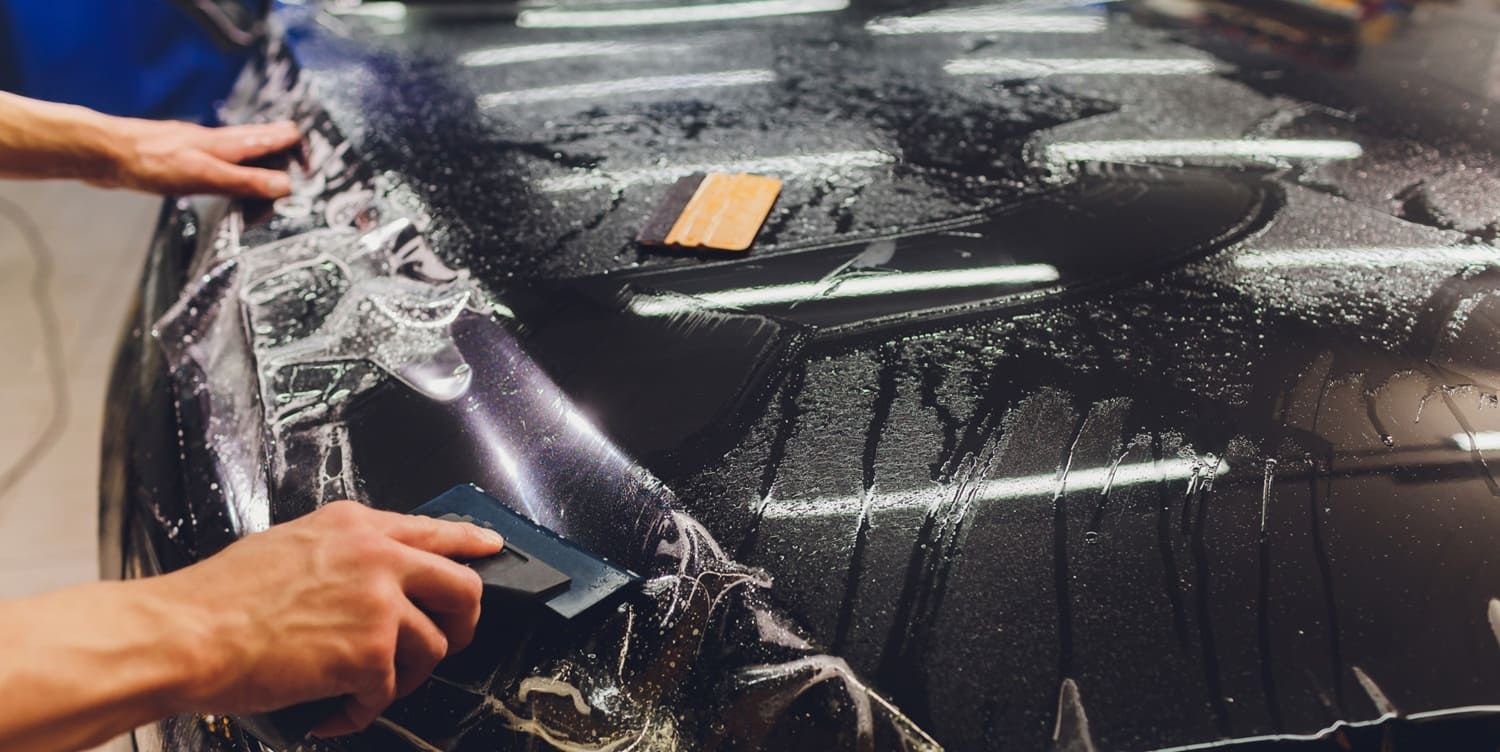Factory Glass vs. Aftermarket Tint: Key Differences
When it comes to window tinting for your vehicle, you have two main options: factory glass and aftermarket tint. Both options offer distinct benefits and drawbacks, and understanding these can help you make an informed decision. Whether you're looking to reduce glare, protect the interior, or enhance privacy, knowing the differences between factory glass and aftermarket tint is essential.
In this article, we'll break down the key differences, benefits, and considerations for each type of window tint to help you choose what's best for your vehicle. By understanding these options, you can make a choice that enhances your vehicle's comfort and style while also adhering to your budget and preferences.
Factory glass, sometimes referred to as "privacy glass," is a type of tinted glass installed by the vehicle manufacturer. It's important to note that factory tint is not actually a film applied to the glass. Instead, it is a dye that's infused into the glass during manufacturing. This process ensures that the tint is uniform and permanent, becoming an integral part of the glass itself.
Factory glass is often standard in many vehicles, especially SUVs and minivans, where privacy is a priority. The built-in nature of factory tint means that it doesn't require additional maintenance beyond what you would typically do for your car windows. This integration can often lead to a seamless look that many car owners find appealing.
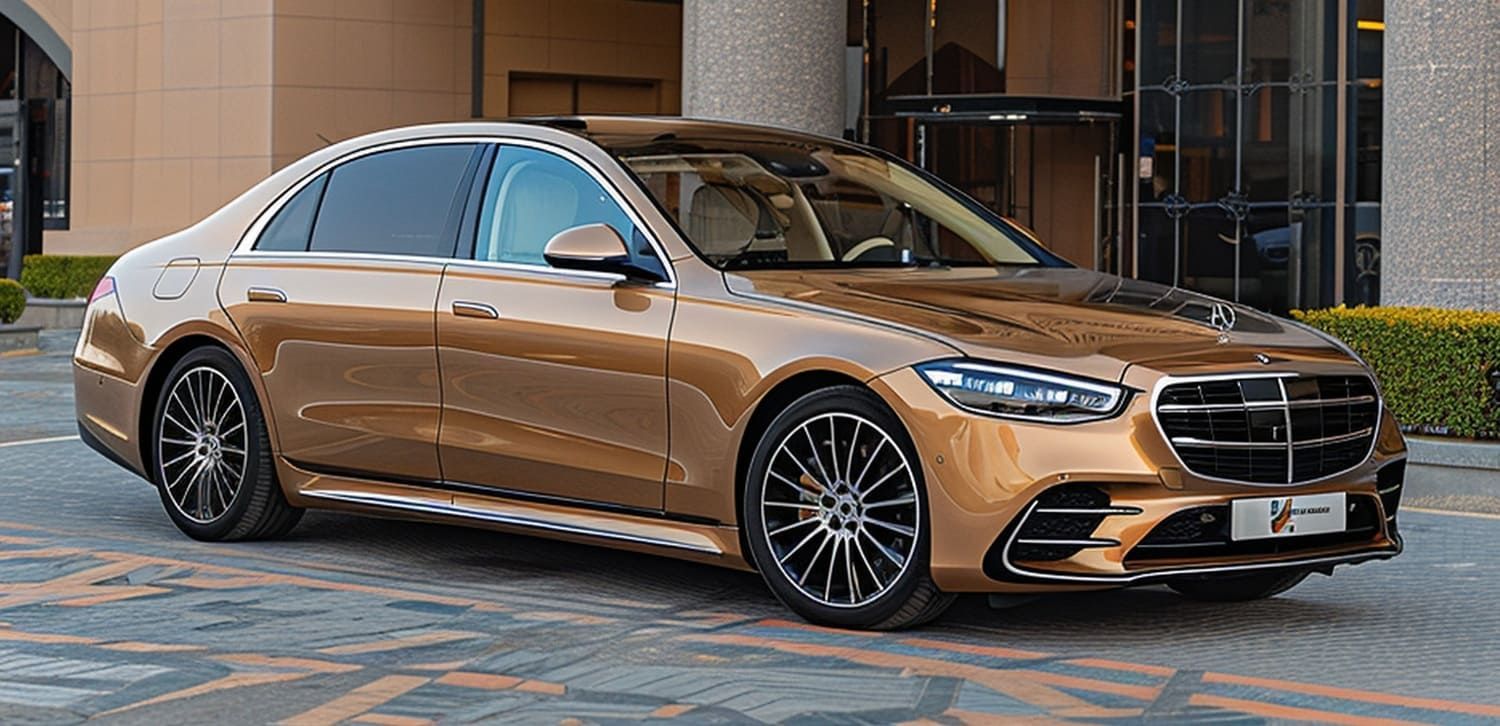
Pros of Factory Glass
- Uniformity: Since factory tint is applied during the manufacturing process, it offers a uniform appearance across all windows. This consistency ensures that all windows match perfectly, contributing to the overall aesthetic appeal of the vehicle. A matching tint can be especially important for those who prioritize a cohesive look for their vehicle.
- Durability: Factory glass tends to be more durable because the tint is a part of the glass itself, meaning it won't peel, bubble, or fade over time. Unlike films that can degrade, factory tint maintains its appearance and functionality throughout the life of the vehicle. This durability can be particularly beneficial in harsh weather conditions or when the vehicle is frequently exposed to the elements.
- Aesthetic Appeal: Factory tint often provides a sleek, integrated look that appeals to many car owners. The tint is designed to complement the vehicle's design, enhancing its visual appeal without the need for additional modifications. For those looking for a minimalist yet effective solution, factory tint often fits the bill perfectly.
Cons of Factory Glass
- Limited UV Protection: Although factory glass can offer some reduction in glare, it usually provides minimal UV protection compared to aftermarket tints. This can be a concern for those looking to safeguard their skin and the vehicle's interior from harmful UV rays. Over time, exposure to UV rays can lead to fading and damage to the car's upholstery and dashboard.
- Lack of Heat Rejection: Factory tint doesn't significantly reduce heat inside the vehicle, which can be a drawback in warmer climates. This can lead to increased reliance on air conditioning systems, which in turn affects fuel efficiency. In regions with intense sun exposure, the inability to reject heat can make a vehicle uncomfortable during summer months.
- Non-Adjustable: With factory glass, what you see is what you get. There's no option to adjust the level of tint according to personal preference or legal regulations. This inflexibility can be a limitation for those who wish to customize their vehicle's appearance or enhance its protective features. For those needing different levels of tint on various windows, factory glass may not offer the necessary versatility.
Exploring Aftermarket Tint
Aftermarket tint refers to window tinting film that is applied to the windows after a vehicle has left the factory. It is a popular choice for those looking to enhance their car's aesthetics, privacy, and protection. The versatility of aftermarket tint allows car owners to choose from a variety of shades and materials to suit their specific needs and preferences.
The aftermarket tinting industry has evolved significantly, offering advanced technologies and materials that improve both performance and durability. From basic dyed films to sophisticated ceramic options, there's a wide range of choices available to cater to different requirements and budgets. This flexibility makes aftermarket tint a compelling option for car owners seeking both form and function.
Types of Aftermarket Tint
- Dyed Film: This type uses a layer of dye to absorb solar heat. It's affordable and provides a darker appearance but may fade over time. Dyed films are often chosen for their economic appeal, making them a popular option for budget-conscious consumers. However, they require careful consideration of the environment in which they will be used, as prolonged exposure to sunlight can lead to discoloration.
- Metalized Film: Metal particles in the film reflect heat and UV rays. It's durable and effective but can interfere with GPS and phone signals. Metalized films are renowned for their strength and longevity, offering superior protection against heat and glare. However, the potential for signal interference means they might not be ideal for those who rely heavily on electronic devices.
- Ceramic Film: A high-end option that uses ceramic particles to block heat and UV rays without affecting visibility or electronic signals. Ceramic films represent the pinnacle of window tint technology, combining clarity with protection. They are ideal for those who seek maximum performance and are willing to invest in a premium product.
- Hybrid Film: Combines dyed and metalized films for enhanced performance, offering a balance between cost, durability, and effectiveness. Hybrid films provide a middle ground for consumers seeking the benefits of both dye and metalized options. They are an excellent choice for those who want a bit more than basic protection without the higher cost of ceramic films.
Pros of Aftermarket Tint
- Customizability: Aftermarket tints offer a range of shades and materials, allowing you to customize the level of darkness and performance. This flexibility means you can tailor the tint to your specific needs, whether it's for aesthetic reasons or functional purposes. The ability to choose different levels of tint for different windows is a significant advantage for many car owners.
- Enhanced UV and Heat Protection: High-quality aftermarket films like Llumar auto window tint can significantly reduce UV exposure and heat, protecting both passengers and the car's interior. This protection extends the lifespan of your vehicle's interior components and enhances passenger comfort, particularly in sunny or hot climates. The reduction in UV exposure also contributes to health benefits by minimizing skin exposure to harmful rays.
- Cost-Effective: While initial costs can vary, aftermarket tints often provide better long-term value due to their protective benefits. By preserving the vehicle's interior and reducing the need for air conditioning, aftermarket tints can lead to savings over time. The investment in a quality tint can be seen as a proactive approach to maintaining your vehicle's value and performance.
Cons of Aftermarket Tint
- Installation Quality: The effectiveness of an aftermarket tint largely depends on the quality of the installation. Poor installation can lead to bubbling and peeling. Choosing a reputable installer is crucial to ensure the longevity and effectiveness of the tint. Improperly applied tint not only diminishes aesthetic appeal but also affects the tint's performance.
- Maintenance: Aftermarket films require careful maintenance to avoid scratches and prolong their lifespan. Cleaning should be done with non-abrasive materials to prevent damage to the film. Regular maintenance helps retain the tint's appearance and functionality, ensuring that the investment continues to pay off over time.
- Potential Legal Issues: Different regions have varying laws regarding the allowable tint darkness, which can make aftermarket tints a legal concern if not properly chosen. It's essential to be aware of local regulations to avoid fines and ensure the tint is compliant with legal standards. Understanding these regulations before installation can save time and money in the long run.
Making the Right Choice
Choosing between factory glass and aftermarket tint will depend on several factors, including your climate, budget, and personal preferences. Here are some considerations to help you decide:
Consider Your Climate
If you live in a hot or sunny climate, the heat rejection capabilities of aftermarket tints can be a significant advantage. Ceramic and metalized films are particularly effective at keeping your vehicle cool. This cooling effect can enhance comfort during drives and decrease the reliance on air conditioning systems, leading to improved fuel efficiency.
In cooler climates, the need for heat rejection may be less pronounced, making factory glass a viable option if UV protection and privacy are not primary concerns. However, for those who frequently drive long distances or park their vehicles outdoors, the additional benefits of aftermarket tints can still be worthwhile.
Evaluate Your Needs
Consider what you value most: Do you prioritize aesthetics, UV protection, or privacy? Factory tints offer a uniform look, while aftermarket options provide superior protection and customization. If privacy is your main concern, both factory and aftermarket tints can serve well, but aftermarket options offer more flexibility in terms of tint levels.
For those focused on protection, particularly against UV rays and heat, aftermarket tints stand out. The ability to select different types of film to match specific needs ensures that the chosen solution is tailored to your lifestyle and driving habits.
Budget Wisely
Aftermarket tints can range widely in price. It's essential to balance cost with performance and durability. Investing in a quality film like Llumar auto window tint can offer long-term savings by preserving your car's interior and reducing cooling costs. Consider the initial investment as a part of your vehicle's overall maintenance and enhancement strategy.
While factory glass involves no additional upfront costs, the potential need for increased maintenance of the vehicle's interior due to sun damage could offset the savings in the long run. Weighing these factors carefully will help in making a decision that aligns with both financial and personal objectives.
Check Legal Regulations
Before deciding, check local laws regarding window tinting. Regulations often specify the allowable tint darkness and reflectivity, which can influence your choice between factory and aftermarket options. Ensuring compliance with legal standards not only avoids fines but also ensures safety on the road.
Consulting with a professional installer can provide insights into legal restrictions and help in selecting a tint that meets both personal preferences and regulatory requirements. This step is crucial for a hassle-free tinting experience and peace of mind.

Conclusion
Both factory glass and aftermarket tint have their place in the world of automotive customization and protection. With Masters Car Stereo & Tint in Greenville, SC, a trusted LLumar Dealer and premier car window tinting installer near you, you can explore both options with expert guidance and professional installation.
Factory glass offers a seamless, durable option with minimal maintenance, but it often falls short in UV and heat protection. On the other hand, aftermarket tint provides superior protection, enhanced style, and greater customization, but requires careful installation and compliance with state tint laws.
Understanding the key differences between factory glass and aftermarket tint helps you make an informed decision that best suits your needs and enhances your vehicle’s comfort and style. Whether you prefer the uniformity of factory tint or the customizable protection of LLumar aftermarket film, Masters Car Stereo & Tint ensures that your choice delivers long-lasting performance and a flawless finish.
By considering factors such as climate, personal preference, budget, and local regulations, you can select a window tinting solution that aligns perfectly with your lifestyle. Both options have distinct advantages, and the decision ultimately depends on what you value most in your vehicle’s appearance and functionality.
Contact Masters Car Stereo & Tint in Greenville, SC today for your free estimate and let our professionals help you choose the perfect tinting solution for your car.
FAQs About Factory Glass and Aftermarket Tint
What’s the main difference between factory glass and aftermarket tint?
Factory glass is tinted during manufacturing, while aftermarket tint is a film applied to the window.
Does factory tint block UV rays?
Only partially. It mainly darkens the glass but offers limited UV protection.
Which option blocks more heat?
Aftermarket tint, especially ceramic film, blocks more infrared heat.
Can you add aftermarket tint to factory glass?
Yes. It improves heat rejection and UV protection.
Does factory tint fade over time?
Rarely. It’s built into the glass, but it lacks performance benefits like modern films.
Is aftermarket tint more customizable?
Yes. You can choose shade, color, and technology based on your needs.
Does aftermarket tint provide better glare reduction?
Yes. Quality films reduce glare and improve visibility.
Which option offers better long-term protection?
Aftermarket tint provides stronger UV, heat, and fade protection than factory glass.


